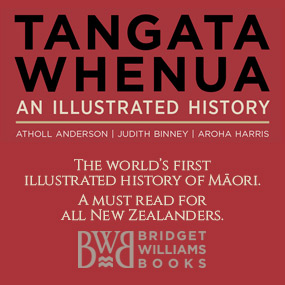Pavlova’s Origins Date Back Two Centuries
New Zealanders and Australians have long argued over who invented the pavlova, but the authors of a new book called, The Oxford Companion to Sugar and Sweets have found the dessert’s origins go back much further. The BBC’s Angela Saurine investigates.
The book, edited by US-based food scholar Darra Goldstein, includes a chapter written by emeritus professor Helen Leach, a New Zealander who specialises in food anthropology at the University of Otago and authored The Pavlova Story: A Slice of New Zealand’s Culinary History.
New Zealander Dr Andrew Paul Wood and Australian Annabelle Utrecht have also been on the case, spending the past seven years piecing together what Utrecht describes as a “culinary jigsaw puzzle”, trawling through cookbooks, newspapers, still life paintings and archives from around the world.
“To start with, we undertook a forensic examination of both the Kiwi and Australian legends, and new facts [were] quickly revealed that flip the narrative completely,” Utrecht said. “By the 18th Century, large meringue constructions incorporating cream and fruit elements could be found in aristocratic kitchens across German-speaking lands, so the thing we call a pavlova today is actually more than two centuries old.”
Original article by Angela Saurine, BBC, August 5, 2020.
Photo by Artur Rutkowski.














